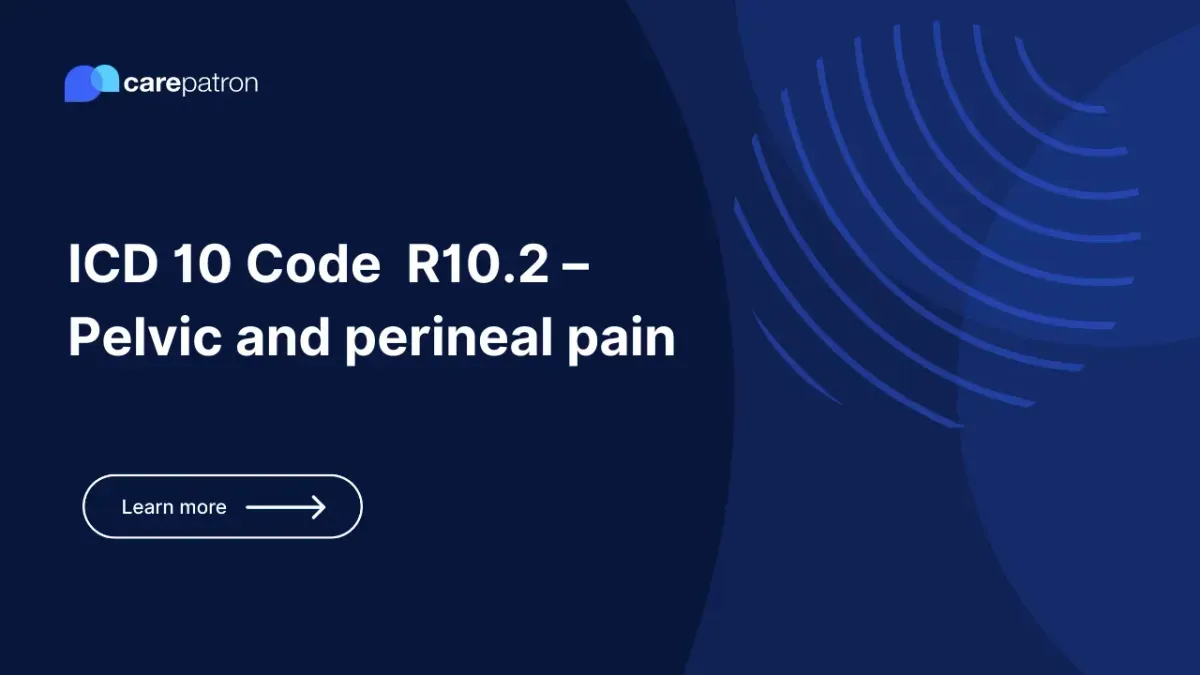
R10.2 – Pelvic and perineal pain
Learn about the R05.9 ICD-10-CM code for pelvic and perineal pain through this guide.
Use Code
Commonly asked questions
You use R10.2 only when the clinical information is unavailable or unknown and if the symptoms don’t fit any other diagnosis.
Yes, it is billable.
The diagnosis code R10.2 refers to pelvic and perineal pain wherein the patient has pain, but the source and clinical information on the patient’s condition is unknown or unavailable.
EHR and practice management software
Get started for free
*No credit card required
Free
$0/usd
Unlimited clients
Telehealth
1GB of storage
Client portal text
Automated billing and online payments
